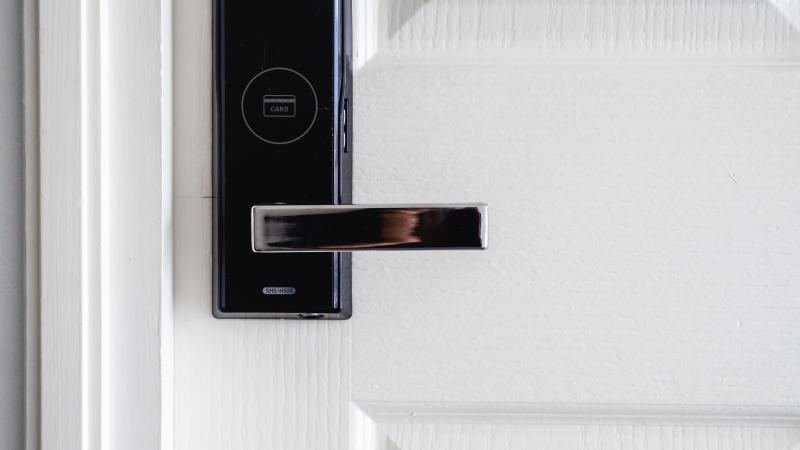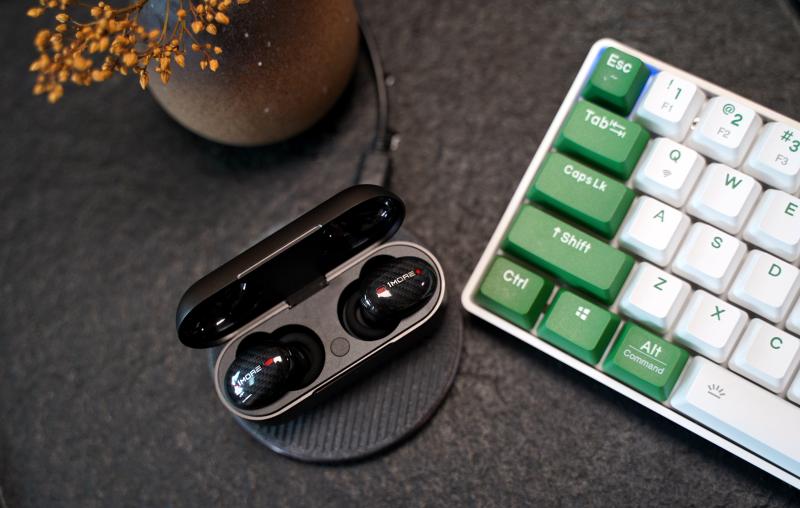To begin your smart home journey, consider starting with a smart hub. This device acts as the central command for all your smart appliances. Popular options include Google Nest, Amazon Echo, and Apple HomePod. Once you have your hub set up, you can start adding smart devices to your home. Look for devices that are compatible with your hub to ensure everything works seamlessly together.
As you start adding devices, think about what will make your life easier. Smart bulbs are a great entry point; they can be controlled remotely and set to change colors or dim based on your preferences. Smart plugs allow you to turn ordinary appliances into smart devices, letting you control them from anywhere. Don't forget about security! Smart cameras and doorbells give you peace of mind, allowing you to monitor your home from afar.
Once you've selected a few devices, take time to explore their features and settings. Most smart devices come with user-friendly apps that guide you through the setup process and help you customize your experience. You can set schedules, automate actions based on triggers, or even sync different devices to work together. The possibilities are endless, and the more you experiment, the more comfortable you’ll become with your smart home system.
Key Devices for Home Automation
Home automation has become increasingly popular, offering convenience and efficiency to our daily routines. To get started, it’s essential to know the key devices that can transform your home into a smart one. Here are some basic yet powerful devices everyone should consider for their home automation setup.
First on the list is the smart speaker. Devices like Amazon Echo or Google Nest provide a centralized hub for controlling various smart devices in your home. With just your voice, you can play music, set reminders, check the weather, and even control lights and thermostats. These speakers often come equipped with virtual assistants that make your life easier by managing tasks hands-free.
Next, smart bulbs are another fantastic addition to your home automation toolkit. Unlike traditional light bulbs, smart bulbs can be controlled remotely or through voice commands. You can adjust their brightness, change colors, and even schedule when they turn on or off. This not only saves energy but also adds a touch of ambiance tailored to any occasion.
Don't forget about smart thermostats! These devices help you manage your home's temperature more efficiently. Smart thermostats learn your habits over time, allowing you to save on energy bills by optimizing heating and cooling schedules. You can control them from your smartphone whether you’re at home or away, ensuring comfort when you need it.
Finally, consider smart plugs, which can turn any conventional appliance into a smart one. By simply plugging a device into a smart plug, you can control it through your phone or voice commands. Whether it’s turning on a lamp or starting a coffee maker, these plugs provide a simple way to automate everyday tasks effortlessly.
Simple Setup Tips for Beginners
Getting started with home automation can seem overwhelming, but with a few simple steps, anyone can create a smart home. First, it's essential to choose a reliable hub or platform to serve as the heart of your home automation system. Popular options include Google Home, Amazon Alexa, and Apple HomeKit. These platforms allow you to control various smart devices from one central location, making it easy to manage everything with a single app.
Once you have your hub set up, think about which devices you want to automate. Start small! Consider smart bulbs, plugs, or a smart thermostat. These devices are easy to install and can significantly enhance your home’s comfort and efficiency. For example, smart bulbs can be programmed to turn on or off at specific times, helping you save energy and money.
Next, ensure that all your devices are compatible with your chosen hub. Most manufacturers clearly state compatibility on their packaging or websites, so check for this information before making a purchase. Connecting your devices to the hub usually involves downloading their respective apps, following setup instructions, and linking them to your hub’s main app.
Don’t forget to utilize voice control features! If you have a voice assistant, try saying simple commands like "turn on the living room lights" or "set the thermostat to 72 degrees." This hands-free convenience can make your home automation experience even more enjoyable. As you grow more comfortable, you can explore more advanced automations, like scheduling routines or creating scenes that adjust multiple devices at once.
Enjoying the Benefits of Automation
Home automation offers a multitude of benefits that can enhance your daily life. Imagine waking up to a gentle sunrise simulated by your smart lights, or having your coffee brewed automatically at the same time every morning. With just a few simple devices, you can create a home environment that not only suits your preferences but also simplifies your routine.
One of the most significant advantages of home automation is convenience. Smart home devices can be controlled from your smartphone or through voice commands, allowing you to manage everything from lighting to temperature while relaxing on the couch or even when you’re away from home. Whether it's adjusting the thermostat, checking security cameras, or locking doors, you can do it all with a few taps or words, making your life a lot easier.
Another great benefit is energy efficiency. Smart thermostats learn your schedule and preferences, helping to reduce energy consumption by adjusting the heating and cooling when you’re not home. Smart lighting can be programmed to turn off when you leave a room, or to adjust based on the time of day. These small changes can lead to significant savings on your energy bills, as well as a positive impact on the environment.
Finally, home automation enhances your home’s security. With smart locks, cameras, and alarms, you can keep a watchful eye on your property at all times. Receive notifications if someone approaches your door, or remotely unlock the door for a friend when you're not home. This layer of security not only offers peace of mind but also ensures your home is always protected.


